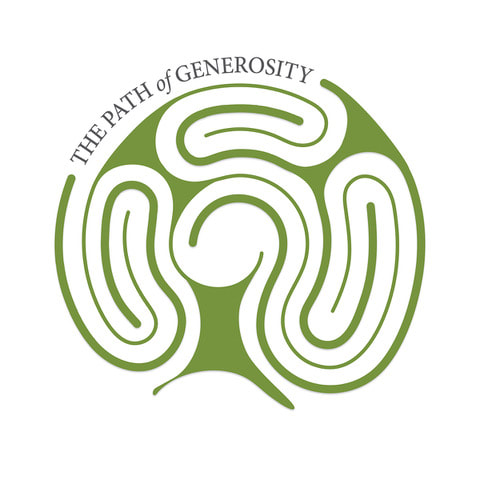|
To celebrate the 70th anniversary of St. John's in Montclair, we created a labyrinth on our campus and dedicated it on September 25, 2022. All are welcome to visit and appreciate what it has to offer.
What is a Labyrinth? A labyrinth is a walking meditation, a path of prayer, and an archetypal blueprint where psyche meets Spirit. It has a path that leads from the outer edge in a circuitous way to the center and back out again A labyrinth is not a maze. There are no tricks or dead ends. Unlike a maze where you lose your way, the labyrinth is a spiritual tool that can help you to find your way. To enter a labyrinth is to choose to enter a spiritual path. Walking the labyrinth quiets the mind, opens the heart, and grounds the body. Some people find answers to questions long asked, some find healing, creativity, or a sense of wholeness. |
Labyrinth Practices
There are various ways to walk a labyrinth. You may walk alone or with others. You may choose to pray or meditate or simply enjoy the beauty of the surroundings. Suggestions for your labyrinth walk may be found in a box on the handrail adjacent to the labyrinth. For more information about labyrinths, click here.
There are various ways to walk a labyrinth. You may walk alone or with others. You may choose to pray or meditate or simply enjoy the beauty of the surroundings. Suggestions for your labyrinth walk may be found in a box on the handrail adjacent to the labyrinth. For more information about labyrinths, click here.


